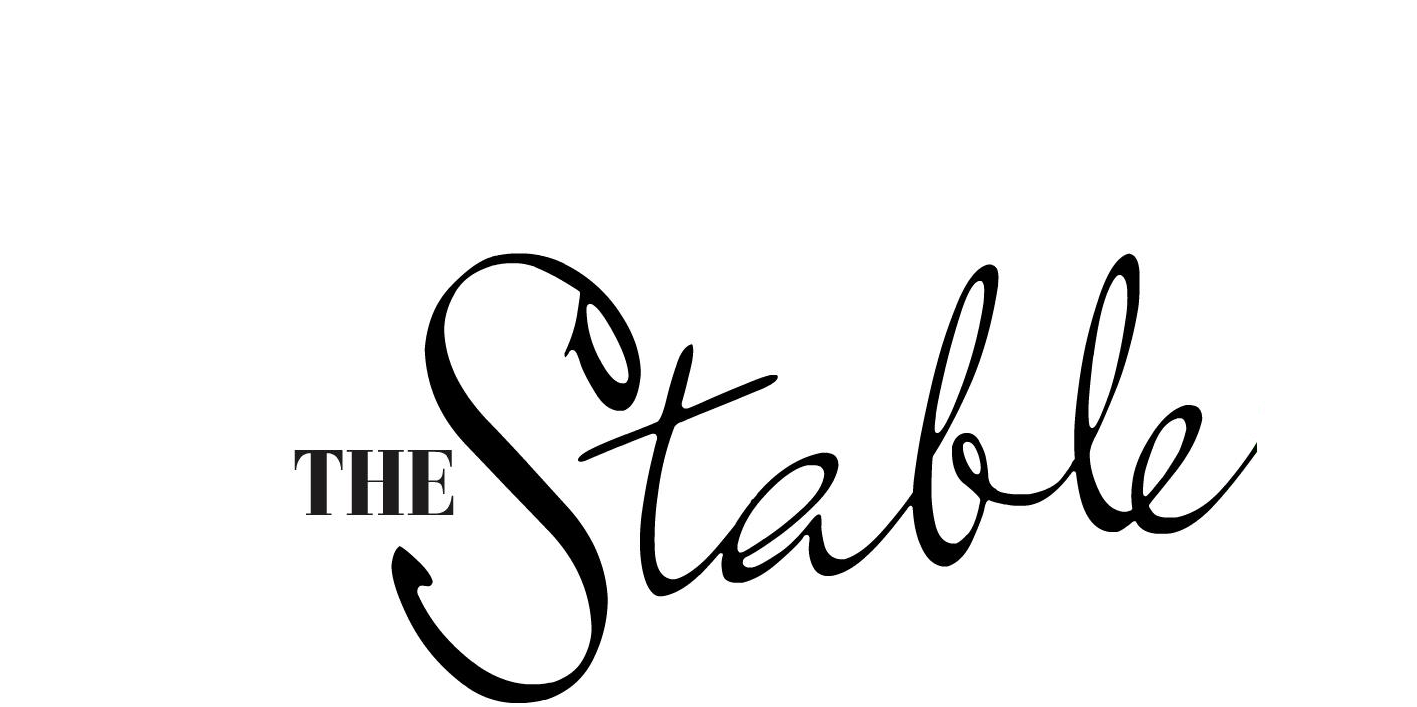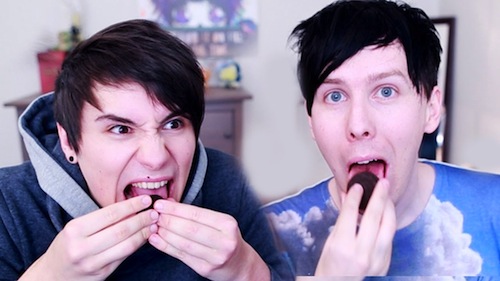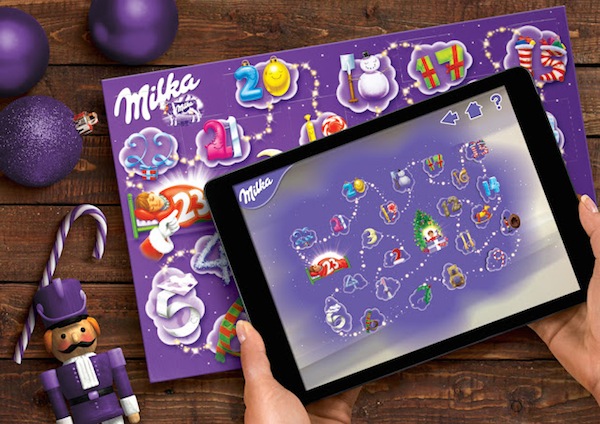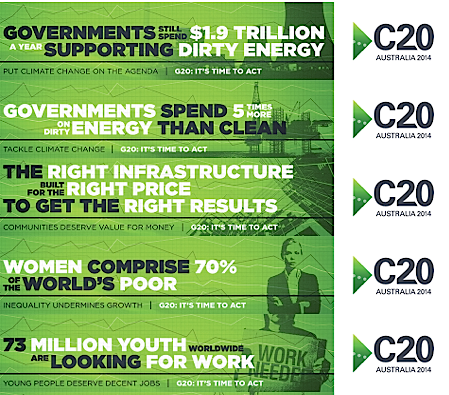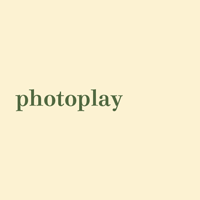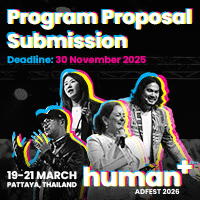There are rules for advertorial. Calling it native advertising – or corporate journalism, vendor content, brand publishing or custom – doesn’t stop the rules from applying. If you pay people to publish info about your product, it’s subject to advertising rules. Advertising that looks like editorial is not exempt.
Oreo’s parent, Mondelez, has just shown adland where the boundaries of native advertising lie.
It created an ad idea called Oreo lick race. And gave it to vloggers to promote. Five videos resulted:
- LICK RACE CHALLENGE: on the channel, Emma Blackery, that features two vloggers, Emma Blackery and Luke Cutforth.
- Dan and Phil LICK RACE: on the channel, AmazingPhil, that features two vloggers, Phil Lester and Dan Howell.
- OREO LICK RACE WOAH (feat. emmablackery): on the channel, DarkSquidge, that used Tom Ridgewell’s footage.
- Takeout Robbery: on the channel, TomSka, also featuring Tom Ridgewell.
- Elemental Cookies: on the channel KickThePj that features vlogger, PJ Liguori.
Dan and Phil have 2.2 million subscribers. Their Dan and Phil LICK RACE achieved 1.3 million views in the five months from June 16. The ad begins with Lester saying, “Hey guys, so I was checking my emails the other day. Then in my actual inbox I saw ‘Hello Phil, from Oreo’. The five minute video goes through their process of creating and carrying out the Oreo lick challenge Lester was given. Viewers who clicked on the “Show More” button beneath the video, would view text, which read: “Check out the Oreo site for more licking action. Thanks to Oreo for making this video possible!”
Thomas Ridgewell has 3.2 million subscribers to his TomSkaYouTube channel and a weekly Radio 1 show. Essex YouTuber Emma Blackery has 829,000 subscribers. PJ Ligouri, has more than 600,000 subscribers to KickThePJ.
The ads just one complaint, from a BBC journalist, who challenged whether the video blogs were clearly labelled as ads. The ASA banned the ads in their current form. They have since been amended so that the films state clearly that they are ads. The vloggers have changed their video descriptions to say, “This is a paid for advertisement” and included overlaid tags on-screen stating that the content is advertising.
Mondelez argued that it had not intended to mislead viewers and admitted that the YouTubers had been recruited and paid to produce the content. The company said each vlogger referred to the fact that he or she had been working with Oreo, while the description boxes under each of the videos made it sufficiently clear that the videos were ads.
The Advertising Standards Authority (ASA) stated that the presentation of each ad was “very much in keeping” with the editorial content of each vlogger’s YouTube channels and as a consequence it would not be immediately clear they were marketing communications from the style alone.
It added, “We considered that the disclosure statements used, such as ‘Thanks to Oreo for making this video possible’, either in the video or in the text descriptions, were insufficient to make clear the marketing nature of the videos because, although they might indicate to some viewers that Oreo had been involved in the process, they did not clearly indicate that there was a commercial relationship between the advertiser and the vloggers (i.e. that the advertiser had paid for and had editorial control over the videos).” While the ASA acknowledged the “thanks to Oreo” references in the videos and the text in the description boxes, it noted that as the YouTubers’ video channels carried editorial-style content, “the commercial intent would have needed to be made clear before viewers engaged with the content”.

